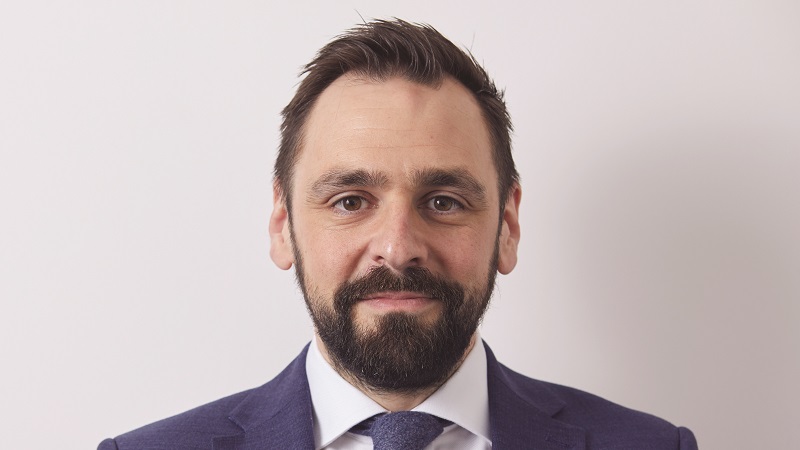Fund buyers have warmed to the Investment Association’s proposal to split its existing Global Bonds sector into a larger number of sub-sectors, but queries have arisen over whether the move could confuse less sophisticated investors.
On Thursday the IA published a consultation on plans to divide the 193 funds-strong sector into 10 sub-groups so that savers and advisers can better compare funds based on the type of bond, credit type and currency.
It comes after the IA last year allowed physical exchange traded funds to be added to existing IA sectors and asked ETF providers to submit their products for classification. It said Global Bonds received submissions that would increase the sector by 50%.
IA director for policy, strategy and research Jonathan Lipkin said: “The division of the Global Bonds sector will better enable the inclusion of ETFs and make it easier for savers to make like-for-like comparisons.”
A targeted approach to an ‘unwieldy’ sector
AJ Bell head of active portfolios Ryan Hughes described the Global Bonds sector as “unwieldy” and said sector comparisons were of little value given the many different types of fund.
He said: “This proposal certainly addresses that problem with a much more targeted approach to the sectors that looks to categorise funds in a similar manner to how we do when we are doing our own analysis.”
Punter Southall Wealth head of investment strategy Rory McPherson said the old IA sectors were no longer fit for purpose because fixed interest investors generally have more variety within their allocation, including in high yield, investment grade as well as areas such as emerging markets .
“Breaking it out into smaller and more varied groups is good because you can compare apples with apples,” he said.
A smaller number of groups better suits the casual investor
GDIM investment manager Tom Sparke (pictured) welcomed the move to break up the “vague and all-encompassing” sector but said he would prefer to see it split into a smaller number of groups.
He said: “Splitting the sector into 10 parts makes the more casual investor work harder to understand the differences between them and to ascertain which groups they should be assessing, but for a more sophisticated professional, this will make analysis a lot easier, comparing like with like.”
The consultation closes on 10 October.
Proposed sectors and definitions
US Government Bond Funds which invest at least 80% of their assets in US government backed securities (18 funds)
European Government Bond Funds which invest at least 80% of their assets in European government backed securities (27 funds).
Global Government Bond Funds which invest at least 80% of their assets in a diversified portfolio of government backed securities from around the world in a variety of currencies (13 funds).
Global Inflation Linked Bond Funds which invest at least 80% of their assets in a diversified portfolio of inflation linked bond securities from around the world in a variety of issuers and currencies (16 funds).
USD Corporate Bond Funds which invest at least 80% of their assets in US dollar denominated (or hedged back to US dollar), triple BBB minus or above corporate bond securities (12 funds, of which two are US dollar Asian bond funds).
EUR Corporate Bond Funds which invest at least 80% of their assets in euro denominated (or hedged back to euro), triple BBB minus or above corporate bond securities (18 funds).
Global Corporate Bond Funds which invest at least 80% of their assets in a diversified portfolio of triple BBB minus or above corporate bond securities from around the world in a variety of currencies (18 funds).
USD Strategic Bond Funds which invest at least 80% of their assets in US dollar denominated (or hedged back to US dollar) bond securities. It is the manager’s stated intention to retain the right to invest across the US dollar bond credit and type spectrum (14 funds).
EUR Strategic Bond Funds which invest at least 80% of their assets in EUR denominated (or hedged back to EUR) bond securities. It is the manager’s stated intention to retain the right to invest across the EUR bond credit and type spectrum (14 funds).
Global Strategic Bond Funds which invest at least 80% of their assets in bond securities. The fund will remain in this sector on these occasions since it is the Manager’s stated intention to retain the right to invest across the bond credit, type and currency spectrum (62 funds).
Global High Yield Bond Funds which invest at least 80% of their assets in a diversified portfolio of below BBB minus bond securities from around the world in a variety of issuers and currencies. (18 funds)
Specialist Bond Funds that invest at least 80% in bond securities but which do not qualify for inclusion in any of the other IA Bond sectors.







